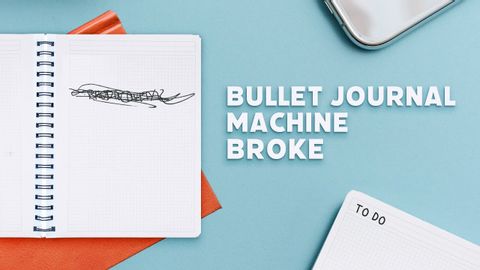why you can’t stay organized (ft. AmandaRachLee)
弦笮樂 が 2021 年 06 月 13 日 に投稿  この条件に一致する単語はありません
この条件に一致する単語はありませんUS /ˌoʊ.vɚˈwɛlmd/
・
UK /ˌəʊ.vəˈwɛlmd/
- v.t.圧倒;圧倒;圧倒;覆う
- adj.圧倒された;圧倒された;打ちのめされた;覆われた
- v.圧倒された;水没した
US /kəˈmɪtmənt/
・
UK /kə'mɪtmənt/
エネルギーを使用
すべての単語を解除
発音・解説・フィルター機能を解除

